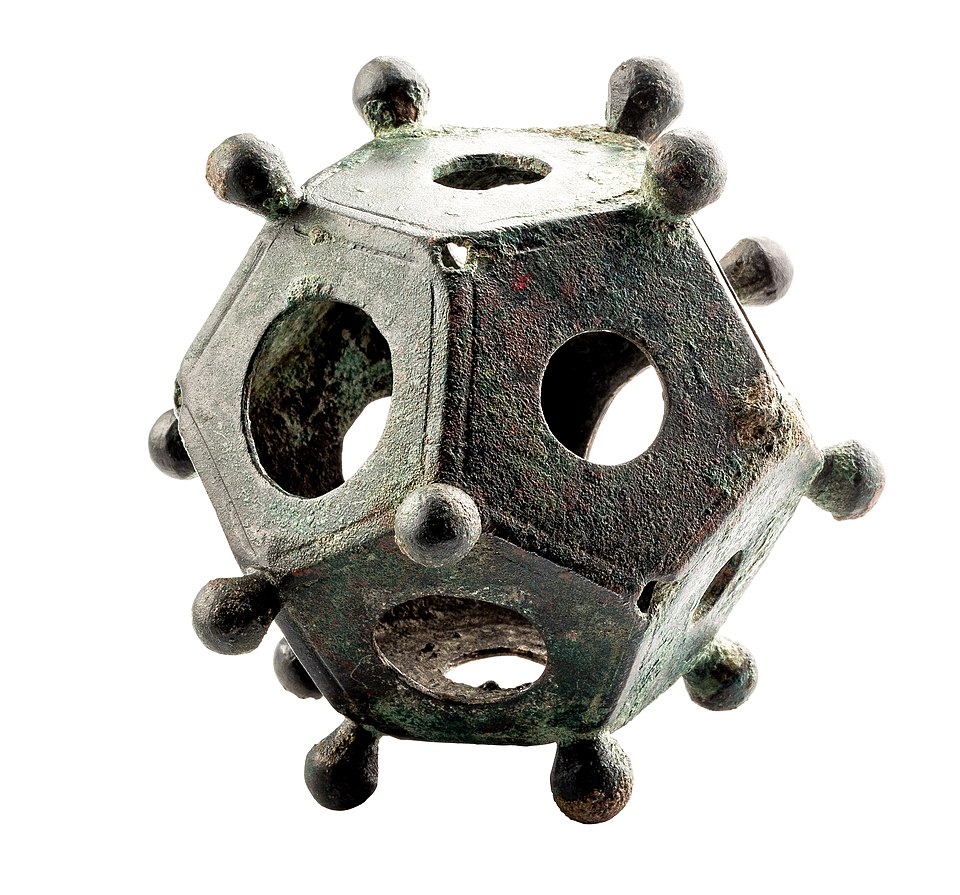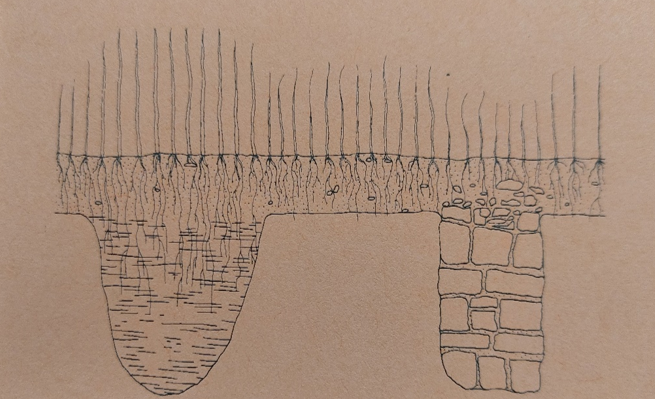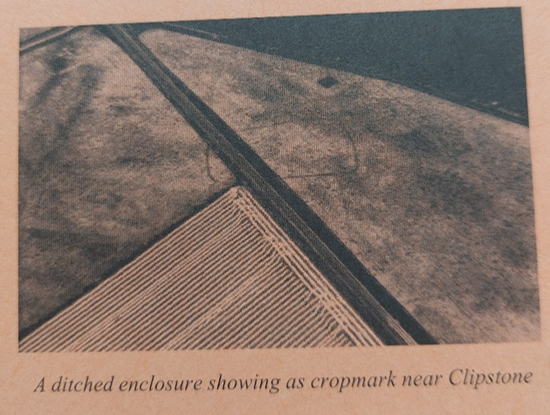July 2025 Nottinghamshire Heritage Events
- Posted in:
- GetInvolved
So many exciting heritage events are happening this July! Whether you're looking for an educational talk, a nostalgic walk down memory lane, or something action-packed to do with the kids, there's something for you. Check out just some of the many things happening in Nottinghamshire below:
Throughout July: The D.H. Lawrence Museum is hosting their new exhibition ‘Broxtowe: A Journey Through History and Custom’. This exhibition ‘explores the rich and evolving story of this vibrant borough from 1945 to the present day’ through a ‘curated collection of photographs’. ‘From the rebuilding efforts following World War II to the rise of modern urban development, [they aim to] trace the borough’s journey, not only through the physical changes in the landscape but also the stories of its people – how their customs, lifestyles, and sense of community have adapted and thrived’. Booking is not required. For more information, visit the event page here.
Thursday 3rd July: At the Lakeside Arts, join Dr Sophia Adams, Curator at the British Museum, as they examine the significance of ponies in Iron Age Britain. The talk ‘Vibrant Vestiges of Vehicles’ will explore the role of vehicles and the skills of Iron Age craftsworkers through archaeological evidence. Tickets cost up to £3 per person and booking is required. Book your place here.
Friday 11th July: Celebrate Mining Heritage Day at Eastwood Library to commemorate the 40th anniversary of the closure of Moorgreen Colliery. You will be able to view mining photographs and memorabilia from wonderful local historians and heritage groups such as Inspire’s heritage team, the D.H. Lawrence Museum, The Hidden Valley Poets and much more. Booking is not required. For more information, view the event page here.
Tuesday 15th July: Nottinghamshire Archives will be hosting the talk ‘WW2: Hone Front in Nottinghamshire’. ‘In the workplace, women took the jobs of absent men, and the county played host to evacuees from more vulnerable centres. Communities showed an increase in neighbourliness and comradeship. Almost everyone was encouraged to become involved in the war effort, no matter how small their input. Attendees to this talk will have the chance to view and handle local records, to show how family life was transformed through rationing, air raids and the daily blackout. While crucial battles were being fought in Egypt or Normandy, ordinary people were concerned with changes to everyday life, such as worn-out clothes, digging for victory and preparing for possible invasion’. Tickets cost £6 and booking is required. Book your place here.
Wednesday 16th July: At Beeston Library, join local historian Sam Millard as they explore the story of ‘a violent clash between poachers and gamekeepers on the Rufford Abbey estate’. This talk will explore what happened and whether those involved were rogues, vagabonds or heroes. Tickets cost £3 per person and booking is required. Book your place here.
Saturday 19th July – Thursday 7th August: ‘This year, Nottinghamshire celebrates the 80th Anniversary of the ending of the Second World War with Victory Nottinghamshire, an exhibition showcasing the war effort made by those on the home front and frontlines. From the darkest days of the Nottingham Blitz to playing its part in training the aviators of Bomber Command, Victory Nottinghamshire tells the story of the people and county of Nottinghamshire and how they helped the Allies achieve victory. Included is the story of the unique Home Guards Patrol Boats to the bravery of the Boots George Cross medal winners, as well as American Paratroopers and Bevin Boys; this exhibition will give visitors an insight into how all came together and played a vital role in the allied victory’. This exhibition at Worksop Library is free and booking is not required. For more information, visit the event page here.
Saturday 19th July - Tuesday 2nd September: ‘Step into the past with Rufford’s Time Travel Trail’ at Rufford Abbey! ‘Travel through the centuries as you explore the park, meeting characters from different eras along the way. You might bump into a Victorian lady out for a stroll, a daring pirate guarding hidden treasure, a noble knight, or even a figure from ancient times’. Trail sheets cost £3 per person and can be picked up from the Courtyard Gift Shop. For more information, visit the event page here.
Sunday 20th July: Join Alison Milbank, Professor Emeritus of Theology and Literature at the University of Nottingham, at Southwell Minster for the talk ‘Maid Marian: From Religious Icon to Maid Marian and her Merry Men’. Booking is not required. For more information, visit the event page here.

Above: Roman dodecahedron in bronze. By Gallo Romeins Museum, Public Domain.
Opening Friday 25th July: Open until January 2026, the University of Nottingham Museum is hosting the exhibition ‘The Norton Disney Dodecahedron’, ‘looking at the last two years of excavations at Norton Disney and the current understanding of dodecahedra’. Learn about the two year excavation of the Roman villa and the rare Gallo Roman dodecahedron. This event is free, and booking is not required. For more information, visit the event page here.
Saturday 26th July: Head to the Lakeside Arts to join them for their Roman themed Festival Archaeology to celebrate the opening of their new ‘Norton Disney Dodecahedron’ exhibition (see event above). ‘The Norton Disney History and Archaeology Group will join us to discuss their excavations and bring some finds from the site. The Finds Liaison Officer for Derbyshire and Nottinghamshire will also join us on the day showing a variety of Roman finds from the region. There will also be the opportunity to see the Museums Roman Samian pottery collection and find out more about it. Young visitors can also take part in Roman themed craft activities to take away’. This event is free, and booking is not required. For more information, visit the event page here.
Sunday 27th July: Join presenter, author and archaeologist John-Henry Phillips at the National Holocaust Museum to explore the ‘Archaeology of Romany Gypsies’. ‘This talk covers the history of Romany Gypsies in the UK, the forgotten Romany heritage we can still see all around us, and the fascinating discoveries made as part of a truly unique excavation of an untold corner of history’. Tickets cost up to £10 per person (concessions apply) and booking is required. Book your place here.
Tuesday 29th July: Head to Southwell Minster for a Robin Hood Family Fun Day! ‘Meet the legendary Robin Hood, take part in exciting games, crafts, and activities. There’s a fantastic mix of free and paid activities plus refreshments’. This event is free, but donations are welcome. Booking is not required. For more information, visit the event page here.
Tuesday 29th July – Friday 29th August: ‘This summer, join Robin Hood and Lady Marian for an archery adventure in the heart of Sherwood Forest. This exciting family activity is an opportunity to learn all about Medieval archery and receive private tuition from this legendary couple’. Private 1-hour sessions cost £50 per family (2 adults, 2 children – additional children may be added). Booking is required. Book your place here.

